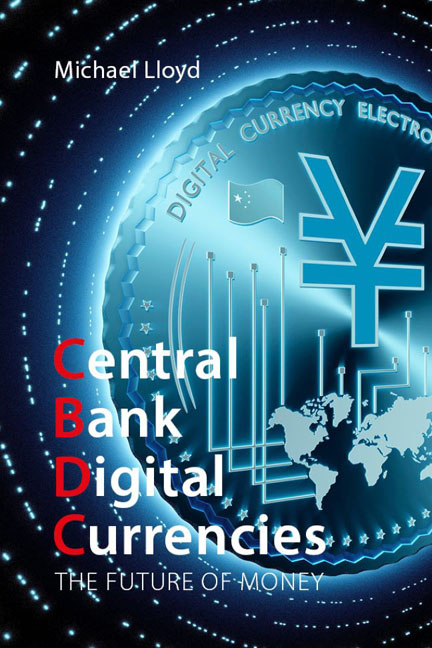Book contents
- Frontmatter
- Contents
- Introduction
- 1 Retail and wholesale CBDCs
- 2 Domestic monetary and legal implications
- 3 Technology
- 4 Impact on the commercial banking sector
- 5 The regional and international nexus
- 6 The future of money: the next decade
- Appendix 1 Retail CBDC case studies
- Appendix 2 Wholesale CBDC: cross-border examples
- References
- Index
Introduction
Published online by Cambridge University Press: 20 January 2024
- Frontmatter
- Contents
- Introduction
- 1 Retail and wholesale CBDCs
- 2 Domestic monetary and legal implications
- 3 Technology
- 4 Impact on the commercial banking sector
- 5 The regional and international nexus
- 6 The future of money: the next decade
- Appendix 1 Retail CBDC case studies
- Appendix 2 Wholesale CBDC: cross-border examples
- References
- Index
Summary
Money is almost as old as human civilization. All monetary tokens, bank notes for example, are a form of “IOU”, expressing a social relation between creditor and debtor (Ingham 2004; Dodd 2014). The historical forms which money has taken have varied and the concept itself has been studied across many scientific and philosophical disciplines. The role and allocation of money in the multifarious forms of social, cultural, economic and political organization has always been crucial in influencing the structures and functioning of those organizational and societal forms.
It is broadly accepted, from historical and anthropological studies (Gayer 1937), that fiat money arose by the state issuing credit-tokens which were used by the state to purchase goods and services (including the military means to fight wars) and the state issued those credit-tokens in payment of taxes by citizens. In this manner the state's public monetary sphere subsumed the existing private credit networks, providing a guaranteed monetary anchor.
Money is not a physical object, but rather a system of recording account settlements denoted in a common notional unit of account. Money is not a commodity, whether it is physical money (cash) or digital money.
Luigi Einaudi (Gayer 1937: 265) indicates the historical evidence:
Books and pamphlets and statutes of the ninth to the eighteenth century are unintelligible if one does not bear in mind the distinction between money of account or imaginary money and effective or coined money. Usually, the money of account was called libra, livre, lira. Men kept accounts, drew instruments of debt, sold and bought goods and securities and property rights in imaginary money, which they never saw. Coins had strange names, they poured into each country from all parts of the world, were gold and silver and half silver dresses, were minted at home or by foreign princes. They made no difference to people who continue to talk and negotiate and keep accounts in libras.
This account indicates the irrelevance of a “commodity-based” money and the necessity of having a “unit of account” based monetary system.
The cryptocurrency Bitcoin affords a modern demonstration of the inherent paradox in commodity-based money. It has a strictly controlled chain in supply (via hash-mining) and a maximum limit on creation over time (21 million coins).
- Type
- Chapter
- Information
- Central Bank Digital CurrenciesThe Future of Money, pp. 1 - 8Publisher: Agenda PublishingPrint publication year: 2023



